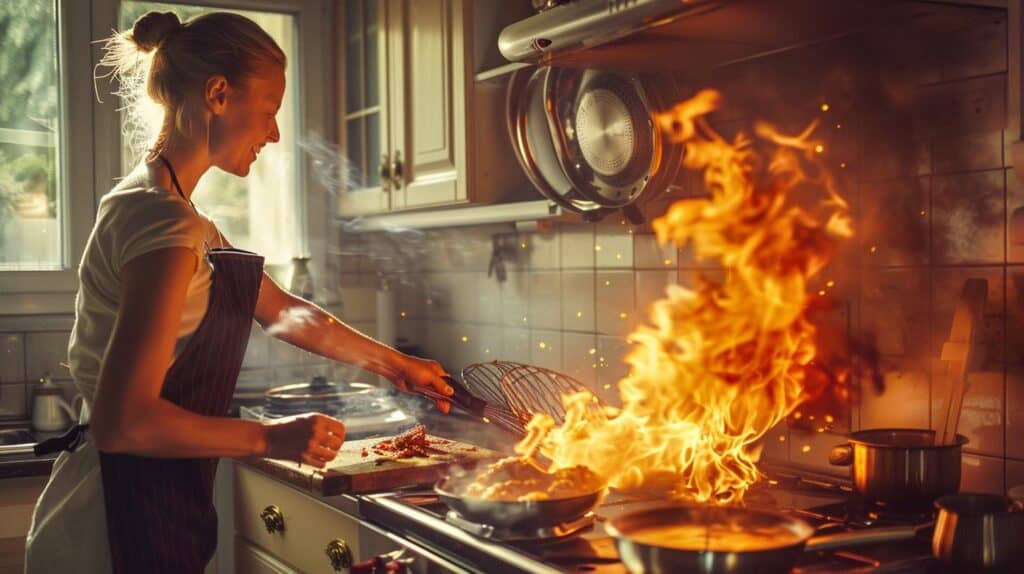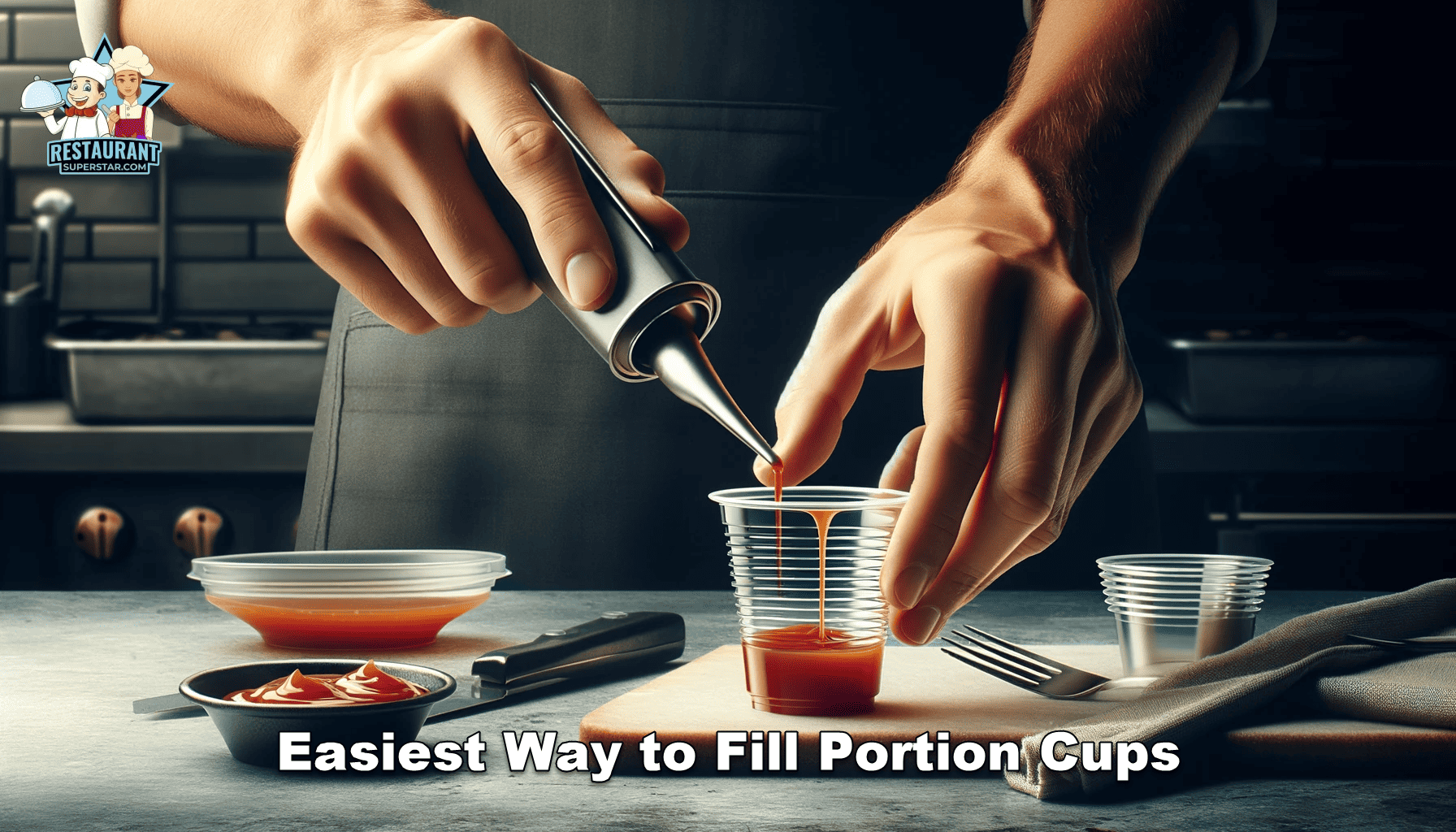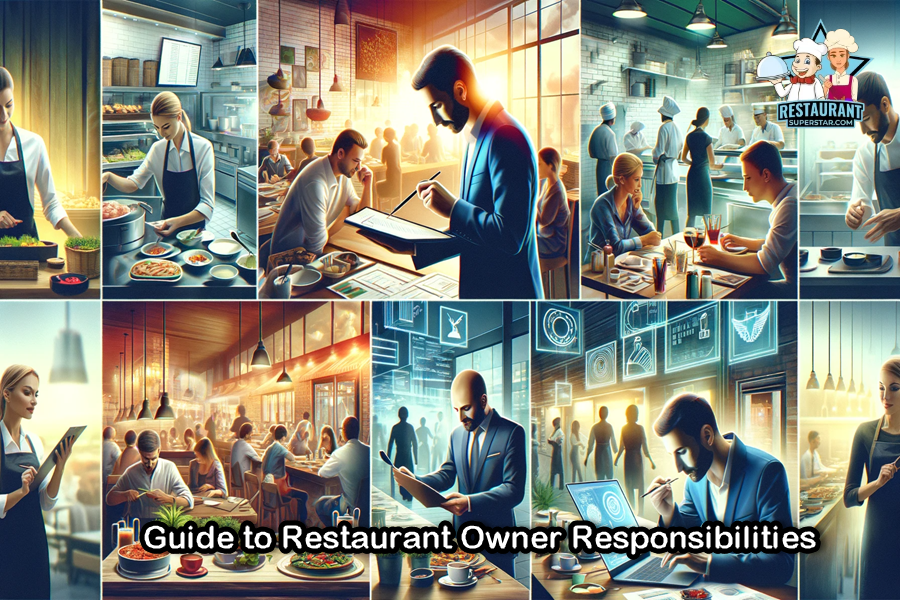How Hot is Too Hot in a Restaurant Kitchen? Tips for a Safe Environment
Imagine stepping into a bustling restaurant kitchen, where the rhythm of sizzling pans and the aroma of culinary masterpieces fill the air. But behind the scenes, there’s an invisible threat lurking—extreme heat.
With some kitchens reaching sweltering temperatures above 50°C (122°F), it’s not just discomfort at stake; it’s a matter of health and safety for the dedicated staff who work tirelessly to bring us delicious meals.
As someone passionate about both food and the well-being of those who prepare it, I can’t help but wonder: How hot is too hot in a restaurant kitchen? When temperatures soar, the risk of heat stress becomes a serious concern, affecting concentration and increasing the chances of accidents.
Moreover, maintaining the right temperature is crucial for food safety, as bacteria thrive in the danger zone between 4°C to 60°C (39°F to 140°F). Let’s explore the delicate balance between heat, health, and safety in the culinary world.
Understanding Kitchen Heat

Kitchen temperatures can skyrocket due to intense cooking activity and multiple heat sources. Open flames and fryers generate considerable heat, exacerbating the situation.
Some poorly designed kitchens even see temperatures creep beyond 100°F, particularly near grills and ovens. Allocating importance to efficient ventilation systems becomes crucial to managing this heat.
Staff face significant heat-related risks when working in such conditions. Heat stress becomes a pressing concern, causing symptoms like rashes and exhaustion.
High humidity, along with elevated temperatures, further compounds these risks. It’s essential to equip kitchens with effective exhaust systems that vent heated air promptly.
ASHRAE research suggests maintaining an ideal kitchen environment between 70°F and 75°F. Though it’s challenging, this range promotes productivity and safeguards worker health.
Insufficient ventilation leads to operational inefficiencies, drastically affecting service quality. Making use of energy-efficient exhaust hoods and fans helps contain and remove contaminants from kitchen spaces.
Prioritizing kitchen design requires careful consideration of temperature and air circulation. Fridges, although crucial, contribute to heat buildup. Balancing equipment layout with proper ventilation remains key.
When staff work in more comfortable conditions, it directly impacts both their well-being and overall kitchen performance positively.
Health Risks of Excessive Heat

Extreme heat poses serious dangers in restaurant kitchens. It’s not just about discomfort; high temperatures can lead to significant health risks for staff.
Impact on Staff Well-being
Working in a kitchen where temperatures exceed 50°C (122°F) can be physically demanding. Dizziness and fatigue are common symptoms of heat stress. These symptoms contribute to impaired judgment, increasing the likelihood of workplace accidents like cuts or burns.
Being in such a hot environment for extended periods can result in more severe health conditions, such as heat exhaustion or even heat stroke.
Legal Temperature Limits
Currently, there’s no legal upper-temperature limit for workplaces, even for physically strenuous environments like kitchens. However, employers must ensure a safe working environment.
Recommendations have been made to keep temperatures below 30°C (86°F) for most work settings, and especially under 27°C (81°F) for those involving significant physical exertion.
The Trade Union Congress has advocated for these guidelines, emphasizing the importance of regular breaks and access to cold drinks. Safety measures like proper ventilation and kitchen design improvements are essential to protect staff health effectively.
Strategies to Manage Kitchen Temperature
Managing heat in a restaurant kitchen is crucial for staff health and food safety. Implementing specific strategies can create a safer, more comfortable environment.
Step 1: Install a Proper Air Conditioning System
A well-functioning air conditioning system is essential to regulate kitchen temperature effectively. It helps maintain the ideal range of 70°F to 75°F, reducing heat stress risks. Proper ventilation alleviates the discomfort caused by extreme temperatures near grills and ovens.
Step 2: Visit the Walk-In More Often
Regular visits to the walk-in cooler can provide quick relief from the kitchen’s heat. It allows staff members to cool down, minimizing the risk of heat-related illnesses like rashes and exhaustion. Frequent breaks help staff maintain their productivity and concentration.
Step 3: Hydrate
Staying hydrated is vital when working in high temperatures. Drinking water regularly counters the dehydration caused by continuous heat exposure. Offering easy access to cold drinks supports employee well-being during physically demanding tasks.
Step 4: When All Else Fails, Resort to Unique Measures
Finally, consider unconventional solutions if standard strategies don’t suffice. Adjusting the kitchen layout or introducing portable fans might help manage persistent heat challenges. Creative solutions can address specific issues unique to a given kitchen environment.
Effective Ventilation Systems
Efficient ventilation systems in restaurant kitchens are crucial for managing heat. They ensure a safe and comfortable environment for staff and maintain proper food safety standards.
Optimizing HVAC Efficiency
Prioritizing HVAC efficiency can dramatically affect kitchen temperatures. Systems running efficiently use less energy, indirectly minimizing heat emissions. An outdated or improperly maintained HVAC system may fail to cool effectively.
Upgrading to advanced systems, like Demand Control Kitchen Ventilation (DCKV), helps. DCKV systems adjust fan speeds based on cooking demand, reducing unnecessary heat buildup.
Makeup air units (MAUs) can start cooling when outside air exceeds 75°F, balancing indoor temperatures effectively. I find that saving energy and costs is possible by reducing fan speed when cooking loads are low. Hood-mounted temperature sensors offer quicker response times, making them preferable.
Importance of Hydration and Breaks
Proper ventilation isn’t the only solution; regular hydration and breaks play vital roles too. Heat stress risk diminishes significantly with ample fluid intake. Encouraging staff to take breaks in cooler areas provides relief from intense heat. I often notice that those who drink enough water and rest are more alert and productive.
Access to cold drinks should be easy to maintain energy levels throughout shifts. As a simple yet effective method, establishing a schedule for hydration can enhance overall well-being and safety in the kitchen.
How does heat stress impact kitchen staff productivity and safety

Heat stress significantly affects kitchen staff’s productivity and safety. Elevated temperatures make concentrating difficult, increasing the risk of accidents like cuts and burns.
Dizziness and fatigue result from prolonged heat exposure, further impairing judgment. Kitchens often reach temperatures beyond 50°C (122°F), creating a hazardous work environment.
Proper ventilation is essential in managing these high temperatures. Without sufficient air circulation, heat accumulates, escalating the strain on staff. Heat stress not only endangers health but also impacts efficiency, leading to slower service and potentially compromised food quality. Monitoring kitchen temperatures can ensure compliance with safety standards.
Providing regular breaks in cooler areas offers respite from the heat. This practice reduces exhaustion risks and maintains energy levels.
Adequate hydration is vital; access to cold drinks supports well-being. By addressing heat stress through these methods, kitchen environments can remain safer and more productive.
Conclusion
Navigating the challenges of excessive heat in restaurant kitchens is crucial for ensuring both staff well-being and operational efficiency. By implementing effective ventilation systems and maintaining ideal temperature ranges, we can significantly reduce heat-related risks.
Encouraging regular breaks and hydration, along with optimizing kitchen layouts, further supports a healthy work environment. It’s essential to prioritize these measures to protect the dedicated individuals who bring culinary creations to life while maintaining high food safety standards. Addressing these heat challenges not only enhances productivity but also ensures a safer and more comfortable kitchen space for everyone involved.
Frequently Asked Questions
What are the health risks of working in a hot kitchen?
Exposure to excessive heat in kitchens can lead to serious health risks like dizziness, fatigue, impaired judgment, and heat stress-related illnesses. These conditions increase the likelihood of workplace accidents, such as cuts and burns, due to reduced concentration and slower reaction times.
How can extreme kitchen heat affect food safety?
High kitchen temperatures can compromise food safety by allowing bacteria to thrive within certain temperature ranges. It’s crucial to maintain proper temperatures to prevent bacterial growth and ensure safe food handling practices are followed, preserving both quality and safety.
What temperature should a restaurant kitchen ideally maintain?
According to ASHRAE, a restaurant kitchen should ideally maintain a temperature between 70°F and 75°F. This range helps to promote productivity, ensure safety for staff, and maintain a comfortable working environment while minimizing heat-related risks.
How can proper kitchen design help manage heat?
Effective kitchen design, including efficient ventilation systems and strategic equipment layout, is essential to manage heat. This design helps ensure adequate air circulation, reduces heat buildup, and creates a safer, more comfortable work environment for kitchen staff.
How can staff minimize heat stress in hot kitchens?
Staff can minimize heat stress by staying hydrated, taking regular breaks in cooler areas, and utilizing air-conditioned spaces like walk-in coolers. Providing access to cold drinks and implementing structured hydration schedules also support staff well-being and productivity.
Are there recommended legal temperature limits for restaurant kitchen environments?
While no legal upper-temperature limit exists, recommendations suggest keeping kitchen temperatures below 30°C (86°F), ideally under 27°C (81°F) for physically demanding jobs. These guidelines help protect staff from heat-related health issues and maintain safety.
How does proper ventilation improve kitchen safety?
Proper ventilation is crucial as it reduces heat buildup, maintaining a manageable temperature and ensuring air quality. Advanced systems like Demand Control Kitchen Ventilation adjust fan speeds based on cooking demands, enhancing efficiency and safety by minimizing excessive heat.
Jeff Smith is a Restaurant Consultant with over 20 years of hospitality experience ranging from server to owner and general manager. He focuses on Restaurant POS technology as well as restaurant marketing. Check out our world-famous restaurant resources page for a comprehensive offering of hand-picked resources and tools to help your business. You can also check out some of our other restaurant business articles.


